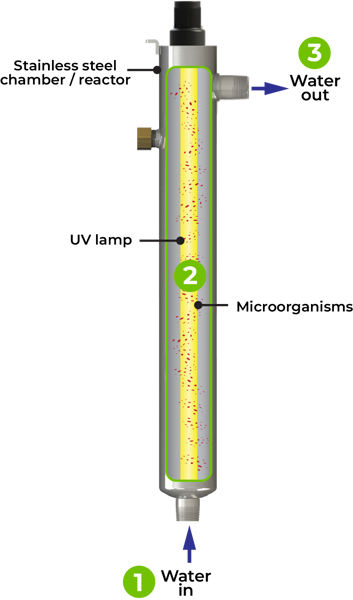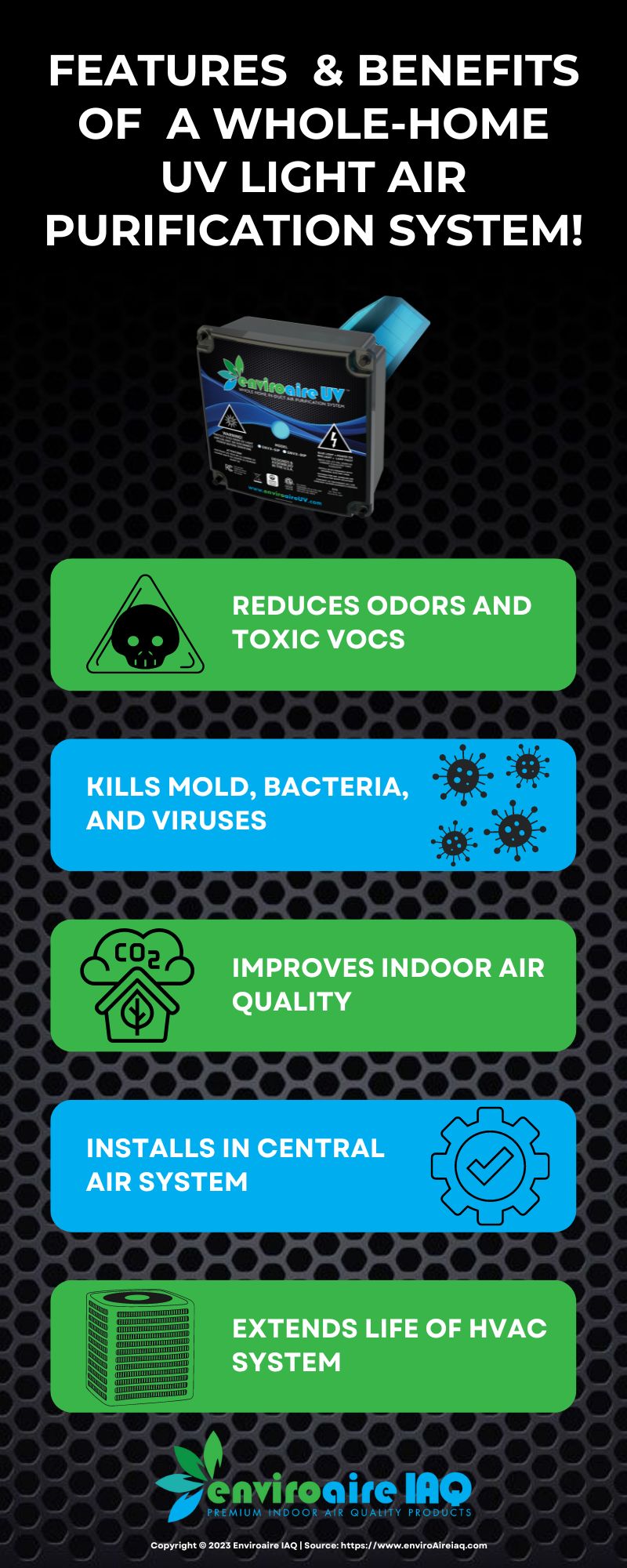Getting My Uvc Light To Work
Getting My Uvc Light To Work
Blog Article
Uvc Light Things To Know Before You Get This
Table of ContentsThe 2-Minute Rule for Uvc LightThe 9-Second Trick For Uvc LightThe 20-Second Trick For Uvc LightSome Of Uvc LightUvc Light - The FactsWhat Does Uvc Light Do?
A new sort of ultraviolet light that might be secure for people took much less than 5 minutes to lower the degree of indoor airborne germs by even more than 98%, a joint research study by scientists at Columbia University Vagelos University of Physicians and Surgeons and in the U.K. has found. Also as microbes remained to be splashed right into the room, the degree remained very low as lengthy as the lights were on.Until currently these research studies had actually just been conducted in small experimental chambers, not in full-sized rooms simulating real-world problems. In the existing research study, scientists at the College of St. Andrews, University of Dundee, University of Leeds, and Columbia University tested the efficiency of far-UVC light in a large room-sized chamber with the exact same ventilation price as a regular office or home (concerning 3 air changes per hour).
The efficacy of various approaches to minimizing indoor virus degrees is typically measured in terms of comparable air modifications per hour. In this study, far-UVC lights produced the matching of 184 equivalent air exchanges per hour. This exceeds any type of other technique to decontaminating busy interior spaces, where five to 20 comparable air changes per hour is the very best that can be accomplished practically.
The Basic Principles Of Uvc Light

The main parameters of UV-C disinfection are wavelength, dose, loved one moisture, and temperature. There is no consensus concerning their optimum values, however, in general, light at a high dosage and a range of wavelengths having 260 nm is liked in a setting at area temperature with low loved one moisture. This light can be created by mercury-vapour, light-emitting diode (LED), pulsed-xenon, or excimer lights.
UV-C disinfection systems have appealing attributes and the potential to improve in the future. UV-C sanitation need to currently be considered for low-level rather than high-level disinfection.
One more application emerged in 1910 when UV light was used to sanitize water. Nonetheless, the modern technology was not very trustworthy at the time and it took additionally technological advancements before UV water disinfection ended up being preferred again in the 1950s [ 2] Nowadays, UV light is utilized for water, air, food, surface area, and clinical tools disinfection.
A Biased View of Uvc Light
DNA, RNA, or proteins of a micro-organism soak up UV light, with a peak absorbance around 260 nm [6] This results in the disruption of DNA or RNA, causing the inactivation of the micro-organism. UV-C-induced DNA interruption usually contains the bonding of two neighbouring thymine (or cytosine) bases rather than the conventional linking of a base with its corresponding base upon the various other strand.

Dark fixing, on the other hand, needs numerous enzymes and nutrients for power [6] It is essential to understand whether last inactivation results have thought about the event of reactivation given that it may result in 60% of the achieved inactivation being reversed [7] Anomalies can emerge upon UV-C direct exposure considering that this exposure can result in the origination of intra-strand cyclobutyl-pyrimidine dimers in DNA [ 6] The UV-C area is Full Report made use of for sanitation however there is no agreement on the precise ideal wavelength. Light at 260 nm can cause the most interruption. Different micro-organisms are most susceptible to a little various wavelengths.
See This Report on Uvc Light
On the other these details hand, it has technological implications given that the complete power of the light beam is after that divided over all present wavelengths. A micro-organism that is at risk to 254 nm light will be suspended much more by a light that produces exclusively light at 254 nm than a light that sends out a wavelength spectrum at equal total energy.
Direct exposure times of 1045 min for space sanitation and 25 s to 5 min for medical tools were experienced in literary works. The intensity is inversely proportional to the squared distance in between the light source and the surface and is as a result specified at the surface in the dosage computation equation [14]
Even more, the result of a light lowers over time, so it is recommended to determine the dosage at the end of light life, which is rep of a worst-case situation. The dosage also affects the quantity of photoreactivation.
The impact of temperature depends on the light resource.
Not known Factual Statements About Uvc Light


This is known as far UV-C modern technology and is a relatively look here brand-new sanitation approach with limited expertise about its efficiency.
In research study, the results on pulsed versus constant UV-C sanitation efficiency differ. When comparing pulsed and constant light it is important to keep various other variables such as wavelength and dosage constant.
Uvc Light - An Overview
In case ozone is not needed for sanitation, a changed lamp can be utilized. For mercury-vapour lights, drugged quartz glass or specialized soft glass can filter out short-wave UV-C light - uvc light.
Report this page